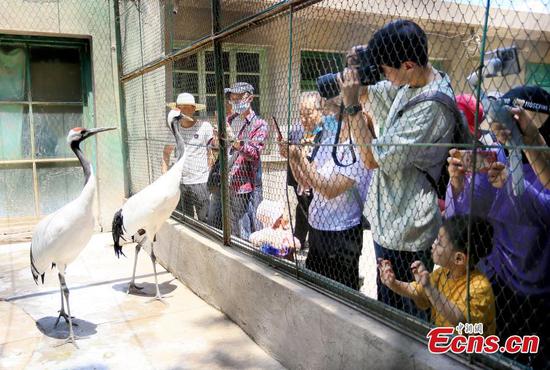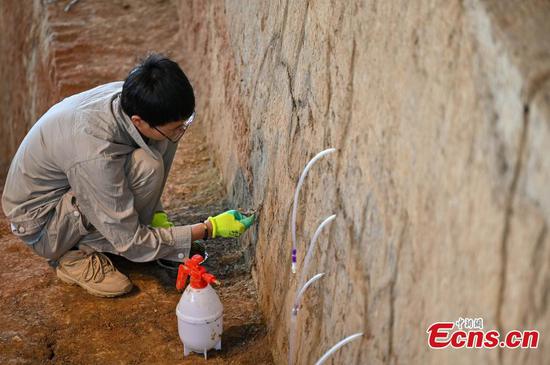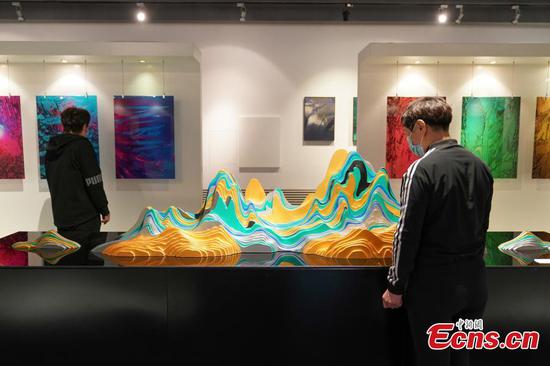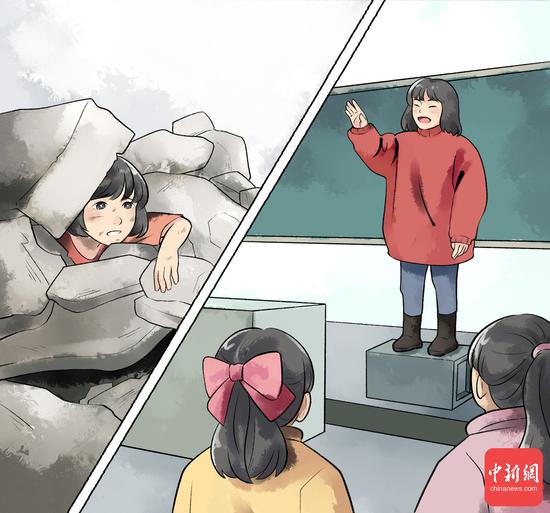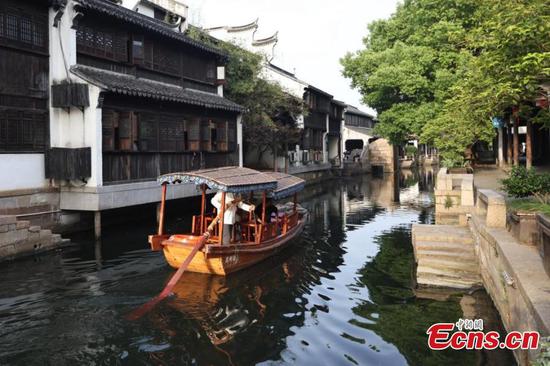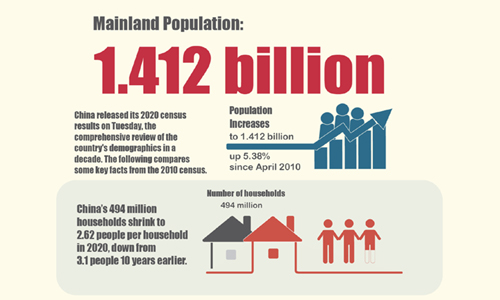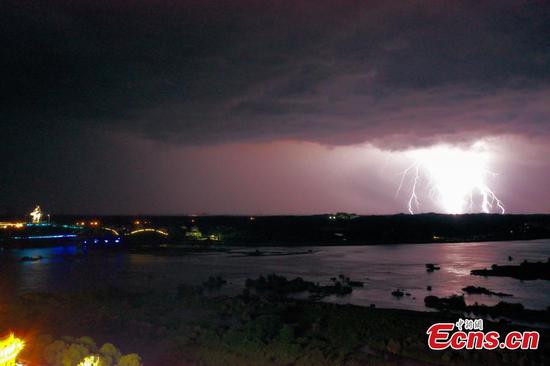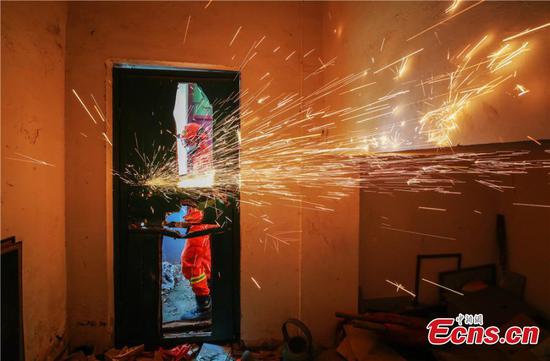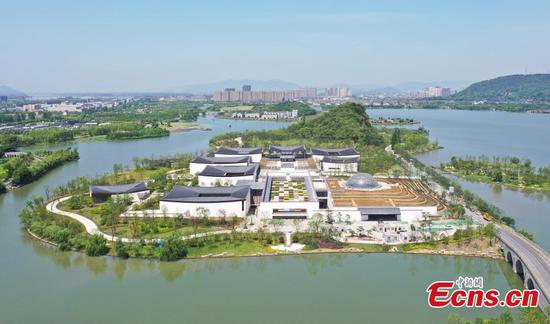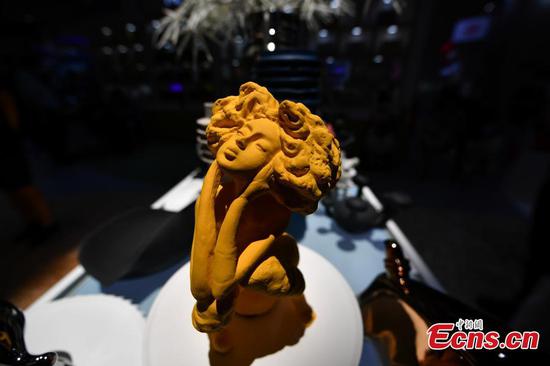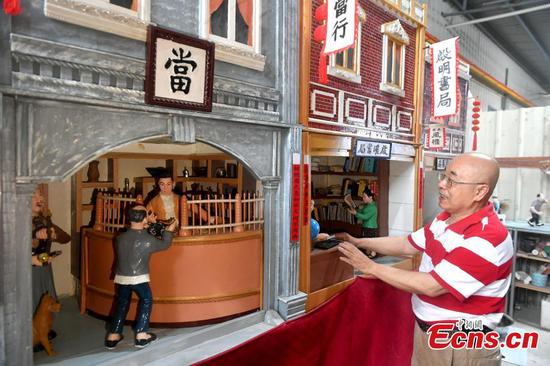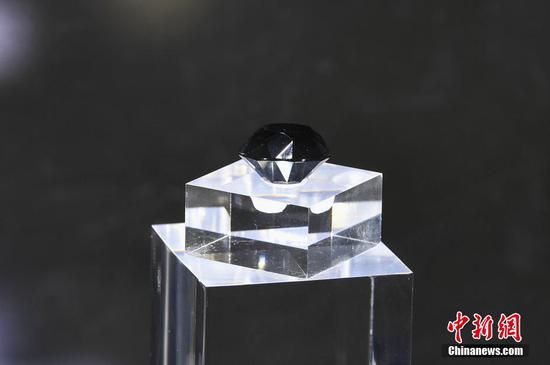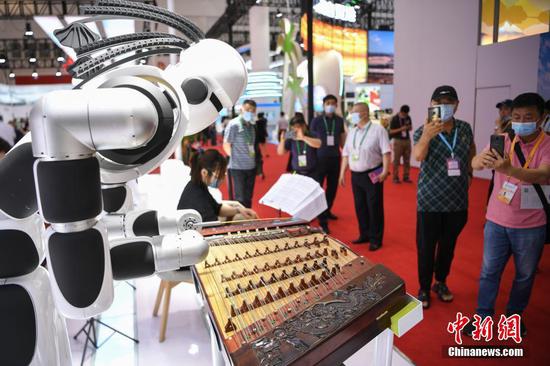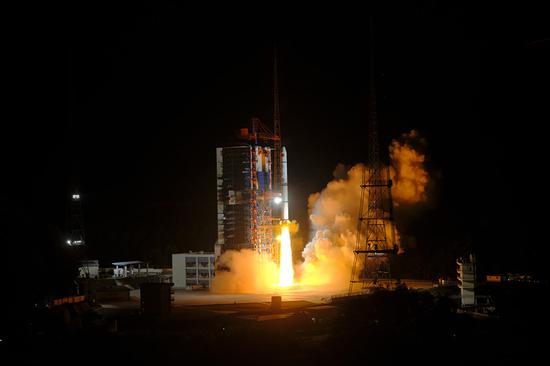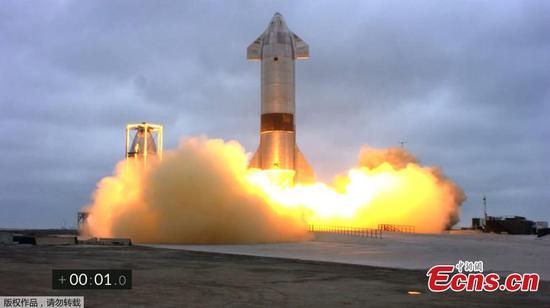(ECNS) -- A research team led by Li Pinglin from Zhengzhou University has successfully built an ancient seismograph model of Eastern Han Dynasty (25 AD – 220 AD) after years of study.
The original seismograph was invented by Chinese scientist Zhang Heng in the Eastern Han period. It is the earliest instrument in the world for forecasting and reporting the movements of an earthquake.
"When people pass by it or jump around it, it doesn't respond, because these interferences are not amplified through resonance. When I beat a drum around it, another drum (Ting Ying) inside the seismograph model will resonate," said Li Pinglin, professor of Physics Department, Zhengzhou University.
A person with a keen ear could hear what's going on through the resonation, he added.
Archaeological reports assumed that a critical part of the seismograph for receiving amplified signals was buried underground.
However, this part was lost in history with no records pointing to its existence. Historical records about drum resonance do exist, however.
Thousands of years ago, the drums of Zhang Heng's seismograph successfully detected an earthquake in today's Tianshui, Gansu Province.
The research team created the seismograph model by referring to historical documents and ancient methods of underground vibration. Li said experts will be invited to test this model and, should it prove feasible, replicate it in accordance to its original scale.









